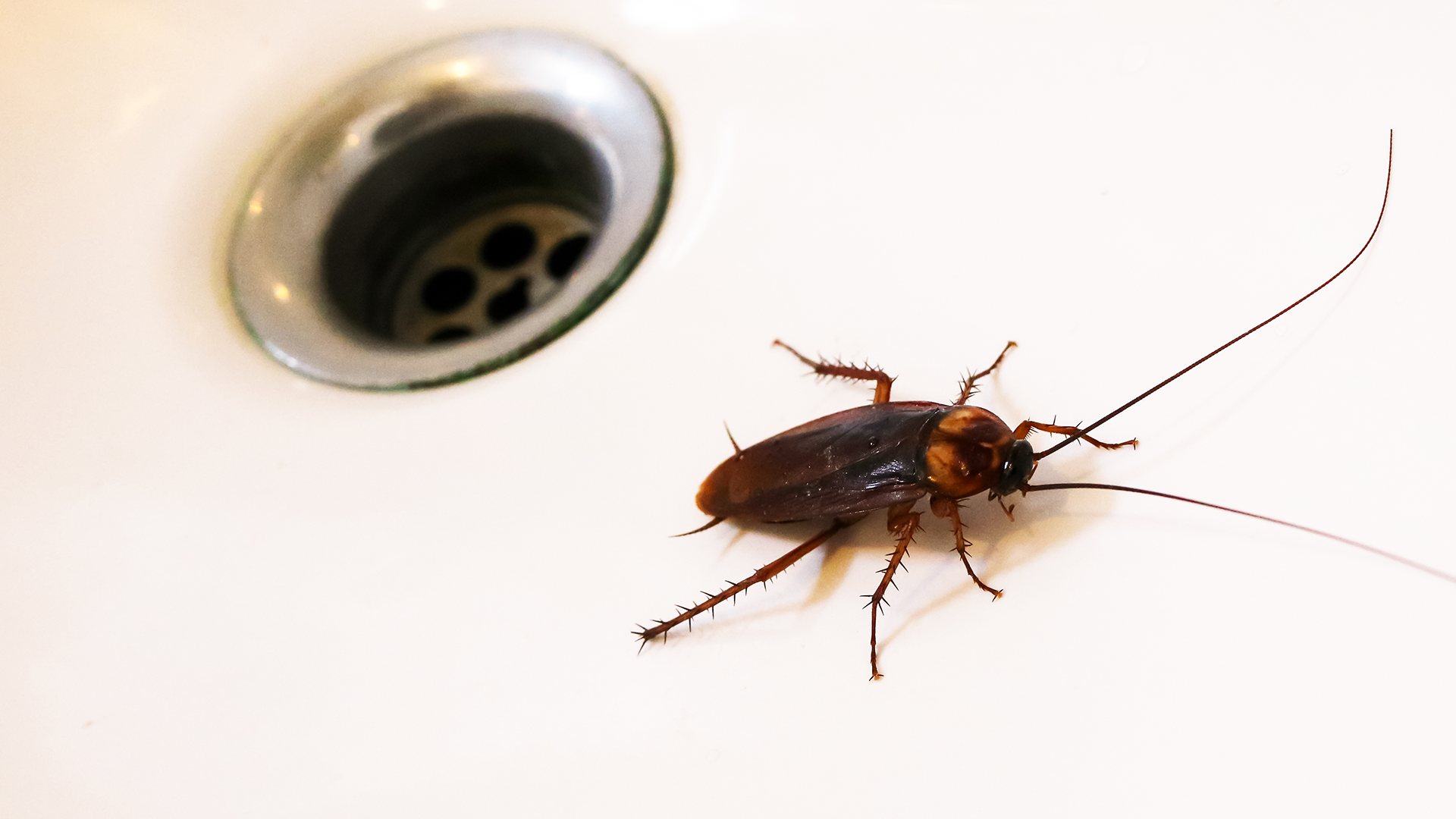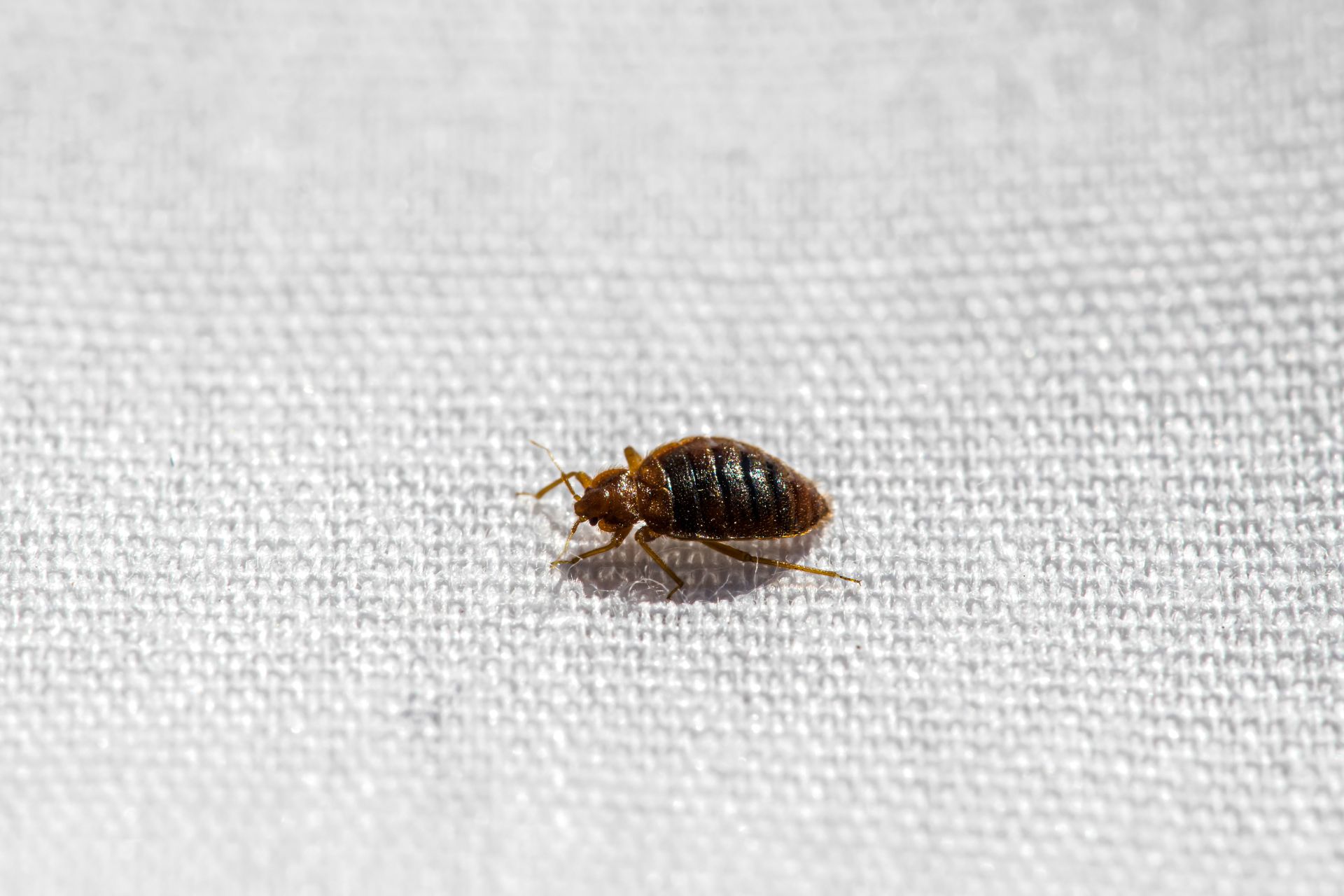Common Bathroom Bugs and Their Identification

Bathrooms, with their constant exposure to moisture and organic matter, can become a breeding ground for various small bugs. These bugs, often overlooked or dismissed as harmless, can pose potential health risks and create an unpleasant environment. Understanding the common types of bathroom bugs, their characteristics, and potential hazards is crucial for effective pest control and maintaining a healthy living space.
Fruit Flies
Fruit flies, scientifically known as Drosophila melanogaster, are tiny insects with reddish-brown bodies and clear wings. They are commonly found in bathrooms due to their attraction to decaying organic matter, such as spilled food, fruit peels, or even damp towels. They are often seen hovering around sinks, drains, and garbage bins.
- Fruit flies are primarily a nuisance, but their presence can indicate poor sanitation practices. They are attracted to decaying organic matter, and their presence may signify a buildup of food particles or other debris.
- Fruit flies are known to transmit diseases such as Salmonella and E. coli through their contact with food and surfaces. While the risk is generally low, it is important to maintain good hygiene and control fruit fly populations to minimize potential health risks.
Drain Flies
Drain flies, also known as moth flies, are small, gray or black insects with long, hairy legs and wings. They are often found near drains, particularly in bathrooms and kitchens, where they lay their eggs in moist, organic matter.
- Drain flies are primarily a nuisance, but their presence can indicate a blockage or buildup of organic matter in drains. Their larvae feed on decaying organic matter, and their presence can signify a problem with drain sanitation.
- While drain flies are not known to transmit diseases directly, their presence can indicate a potential for bacterial growth in drains. This can lead to foul odors and create an unsanitary environment.
Silverfish
Silverfish are small, wingless insects with silvery-gray bodies and long antennae. They are nocturnal and prefer moist, dark environments, often found in bathrooms, kitchens, and basements.
- Silverfish are not known to transmit diseases, but they can cause damage to paper, fabric, and other materials. They feed on starches and carbohydrates found in these materials, and their presence can lead to damage to books, clothes, and other household items.
- Silverfish are primarily a nuisance, but their presence can indicate a problem with moisture control in the home. Their preference for moist environments suggests a potential for other pest infestations or even mold growth.
Booklice
Booklice, also known as psocids, are tiny insects with pale bodies and wings that are often translucent or slightly iridescent. They are commonly found in damp environments, such as bathrooms, kitchens, and libraries.
- Booklice are not known to transmit diseases, but they can cause damage to paper, books, and other materials. They feed on mold and mildew, and their presence can indicate a problem with moisture control in the home.
- While booklice are primarily a nuisance, their presence can indicate a potential for other pest infestations or even mold growth. It is important to address moisture issues and maintain a dry environment to prevent booklice infestations.
Understanding the Causes of Bathroom Bug Infestations: Small Bugs In Bathroom
A bathroom, with its damp environment and potential food sources, can be an attractive haven for various bugs. Understanding the factors that contribute to these infestations can help you prevent them.
Moisture and Standing Water
Excess moisture is a primary factor in bathroom bug infestations. Bugs like silverfish, springtails, and even some types of cockroaches thrive in humid environments. Standing water in sinks, tubs, or even leaky pipes provides an ideal breeding ground for these insects.
- Silverfish prefer moist environments with high humidity, often found in bathrooms, kitchens, and basements.
- Springtails are small insects that live in moist environments, often found in bathrooms, basements, and gardens.
- Cockroaches are attracted to moisture, especially in areas where food and water are readily available. They can thrive in damp bathrooms with leaky pipes or standing water.
Food Sources, Small bugs in bathroom
While a bathroom may not seem like a food haven, it can harbor various sources that attract bugs.
- Food Debris: Crumbs, spills, or even toothpaste remnants can attract ants, roaches, and other insects.
- Organic Matter: Hair, dead skin cells, and even mold growth can provide food for some bugs like silverfish and mites.
- Pet Food: If you have pets, make sure to clean up any spilled food or water, as this can attract insects.
Poor Sanitation
Poor sanitation practices can worsen the conditions that attract bathroom bugs.
- Dirty Surfaces: Uncleaned surfaces, especially in corners and under furniture, can harbor food debris and provide a breeding ground for bugs.
- Cluttered Areas: A cluttered bathroom with piles of towels or toiletries can provide hiding places for bugs.
- Unsealed Cracks: Cracks in walls or floors can provide entry points for insects, and also harbor moisture.
Ventilation and Humidity Control
Proper ventilation and humidity control are crucial in preventing bathroom bug infestations.
- Exhaust Fan: Use the exhaust fan during and after showers to remove excess moisture and prevent mold growth.
- Open Windows: When possible, open windows to allow fresh air to circulate and reduce humidity levels.
- Dehumidifier: Consider using a dehumidifier in bathrooms with high humidity levels, especially during humid seasons.
Proper Cleaning Practices
Regular cleaning and maintenance are essential for preventing bathroom bug infestations.
- Clean Regularly: Clean the bathroom regularly, paying attention to corners, under sinks, and around toilets.
- Wipe Up Spills: Immediately wipe up spills and food debris to prevent attracting bugs.
- Empty Trash Regularly: Empty the trash can frequently to prevent attracting insects.
- Seal Cracks: Seal any cracks in walls or floors to prevent entry points for bugs.
Effective Strategies for Eliminating Bathroom Bugs

Bathroom bugs can be a nuisance, but with the right strategies, you can effectively eliminate them and prevent future infestations. This section provides a comprehensive guide, covering sanitation methods, preventative measures, and the use of both natural and chemical pest control products.
Eliminating Common Bathroom Bugs
| Bug Type | Prevention Methods | Control Methods | Additional Tips |
|---|---|---|---|
| Silverfish |
|
|
|
| Earwigs |
|
|
|
| Centipedes |
|
|
|
DIY Solutions for Eliminating Bathroom Bugs
Many natural ingredients can be used to eliminate bathroom bugs. These solutions are often effective and environmentally friendly.
- Vinegar: Vinegar is a natural disinfectant that can kill bugs and their eggs. Spray vinegar directly onto bugs or in areas where they are seen.
- Baking Soda: Baking soda is a natural deodorizer and can also help control bugs. Sprinkle baking soda in areas where bugs are seen, and let it sit for several hours before vacuuming it up.
- Essential Oils: Certain essential oils, such as peppermint, tea tree, and eucalyptus, can repel bugs. Add a few drops of essential oil to a spray bottle filled with water, and spray it in areas where bugs are seen.
Note: While natural solutions can be effective, they may not be as strong as commercially available products. For severe infestations, it is recommended to use a professional pest control service.
